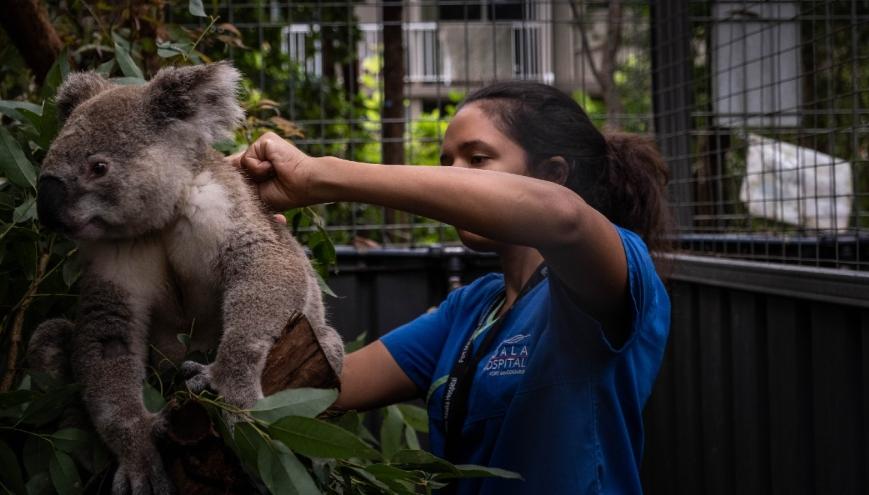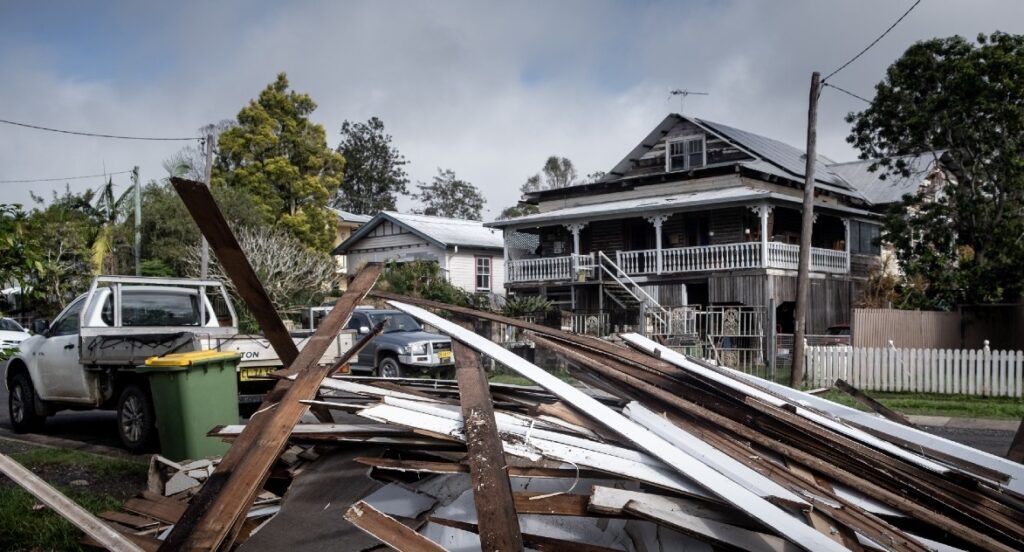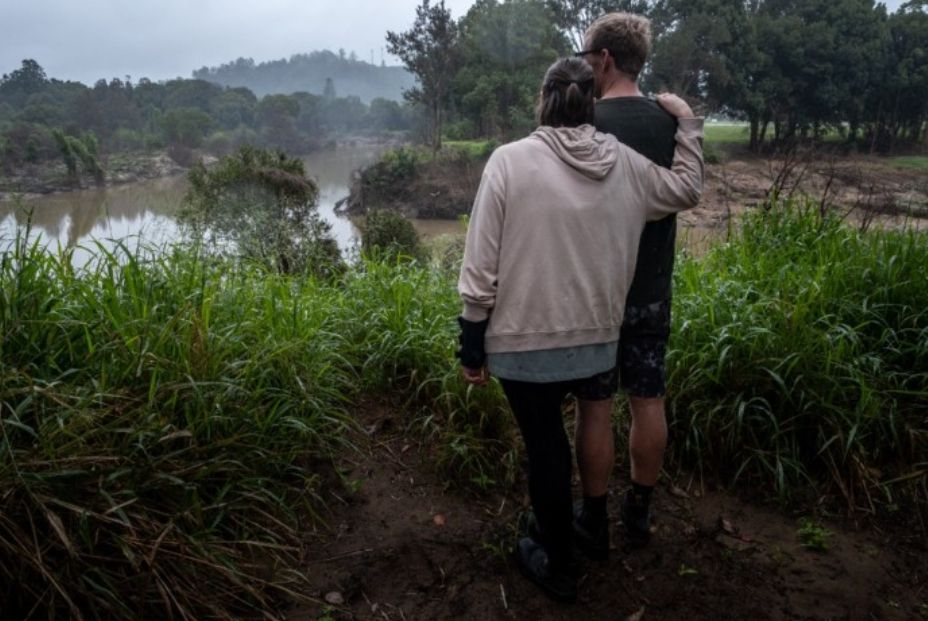Climate disasters are legion in Australia. A government report details the extent of environmental damage and denounces political inaction.
The document was expected, and it is, unsurprisingly, unflattering. Tuesday, July 19, the new Australian report on the state of the environment, work of several hundred pages of a commission of more than thirty scientists, submitted to the government, was finally published.
Its broadcast was initially scheduled for 2021, but was postponed after the legislative elections by the conservative government led until last May by climate skeptic Scott Morrison. And given the content of the report, we understand why.
“With a rapidly changing climate, with declining biodiversity, the overall outlook for our environment is deteriorating. The consequences of this situation will affect us all. From the first sentences of the document, the scientists set the tone. The climate crisis is real, and Australia is at the forefront.

Australia continues to clear its land
Coral reefs, rivers, native primary forests… According to the report, “at least nineteen Australian ecosystems show signs of collapse”. Despite the extent of the damage described, the new text hardly surprises anymore. “This report follows a series of already very damning reports on the state of the environment, analyzes Kate Crowley, associate professor of public and environmental policy at the University of Tasmania. And the most alarming thing is that Australia continues to lose its natural spaces and clear its land.”
Because if the Australian environment is in such poor condition, scientists point out that it is a direct consequence of “increasing pressures from global warming, loss of natural habitats, invasive species, pollution, and resource extraction”.
Ecosystems and species are endangered by this deterioration. One of the other key points of the report states that almost 200 species have been added to the list of species protected by the Conservation and Protection of the Environment and Biodiversity Code (EPBC) [1] since 2016. is the case with animals that are found only in Australia, such as the koala or the red-headed cockatoo,” recalls Sean Deane, head of the Save Sydney’s Koalas association.
This number of threatened species is expected to increase further, a probable consequence of the megafires of 2019 and 2020 which ravaged the forests, burned more than 8 million hectares of vegetation, and affected “between 1 and 3 billion animals”. Over the past two centuries, “Australia has lost more mammals than any other continent” and has “one of the highest rates of species decline among OECD countries”.
More frequent extreme weather events
The report was completed before the start of the year, marked by deadly floods – twenty dead on the east coast in March. And indicates that in the five years following the publication of the 2016 report, the country has more than ever been the scene of “extreme climatic phenomena”. Heat waves, droughts, megafires or floods… “The intensity and frequency” of these “climate-related” events are changing and affecting Australia as a whole. The period of seasonal fires would now extend “up to almost eight months”.

The researchers say it: the response of the authorities to the deterioration of the environment in Australia remains inadequate. Budget cuts “in biodiversity research”, disappearance of “funding for new national reserves”, they denounce the lack of investment in favor of environmental protection.
The Labor government of Anthony Albanese, which had made the publication of this report a priority, now knows what to expect. “This report is one of recognition”, continues Kate Crowley. For the researcher, the new government is more than ever faced with a fait accompli, forced to act.
Environment Minister Tanya Plibersek said on Monday: “With the Labor government, the environment is back on the priority list […] I will not put my head in the sand”. In front of the press the next day, she assured that she wanted to quickly put her nose in the legislation governing environmental management, considered disorganized in the report.

